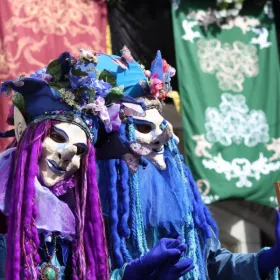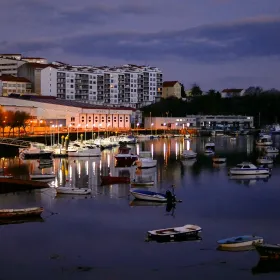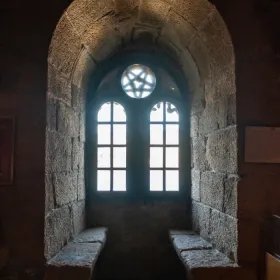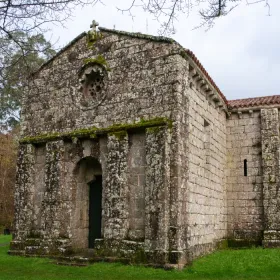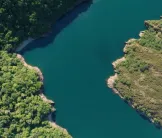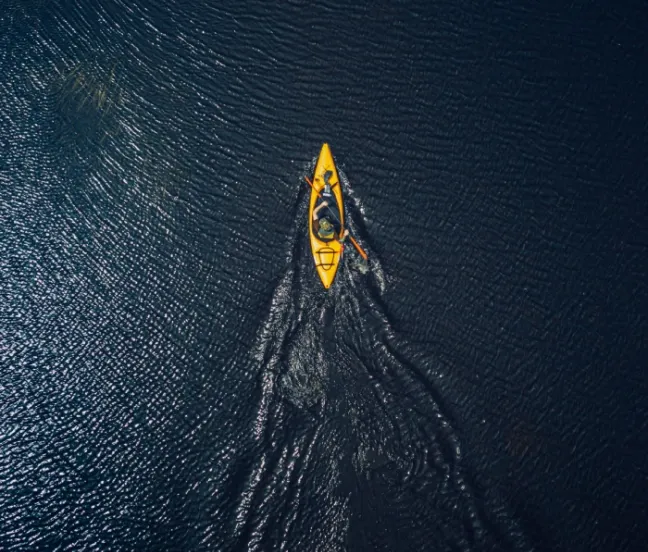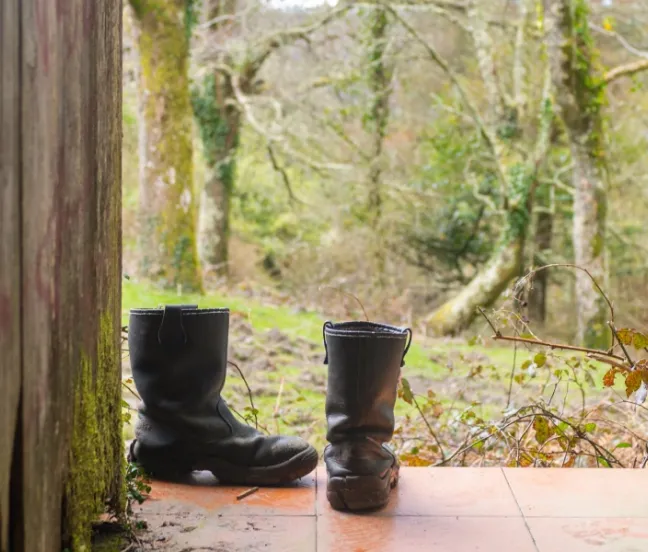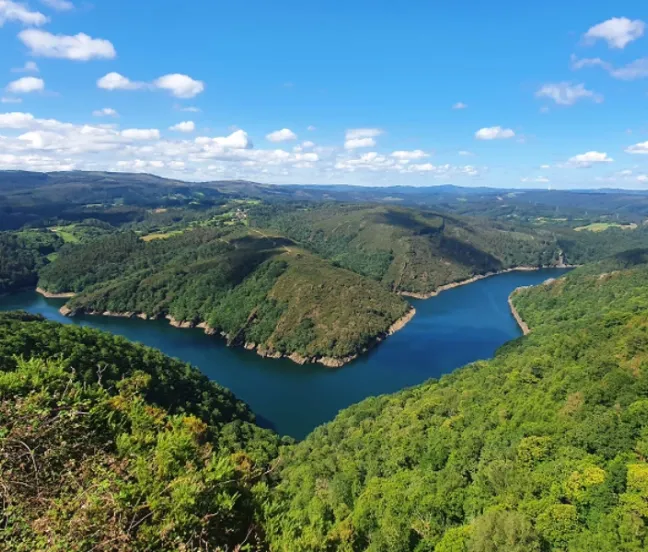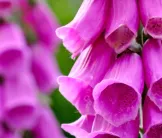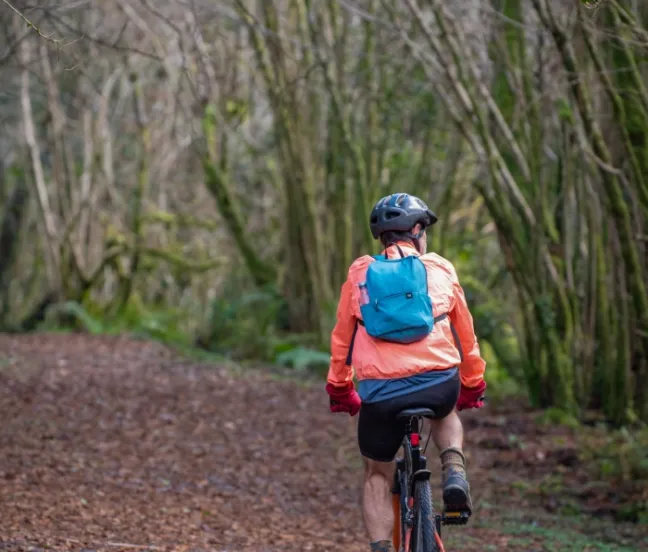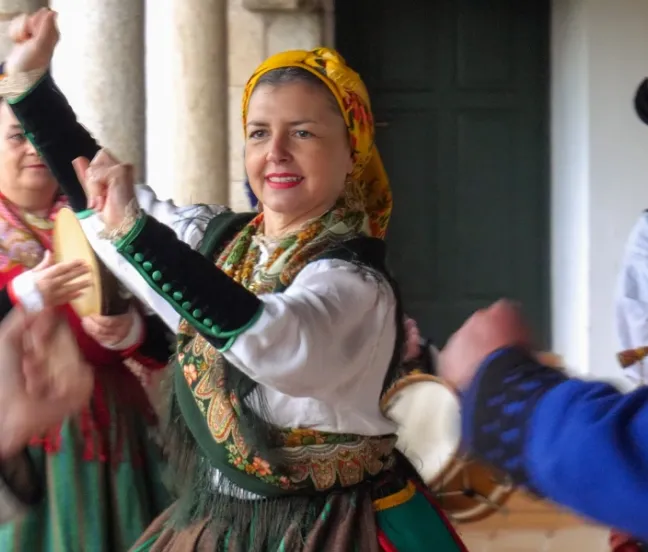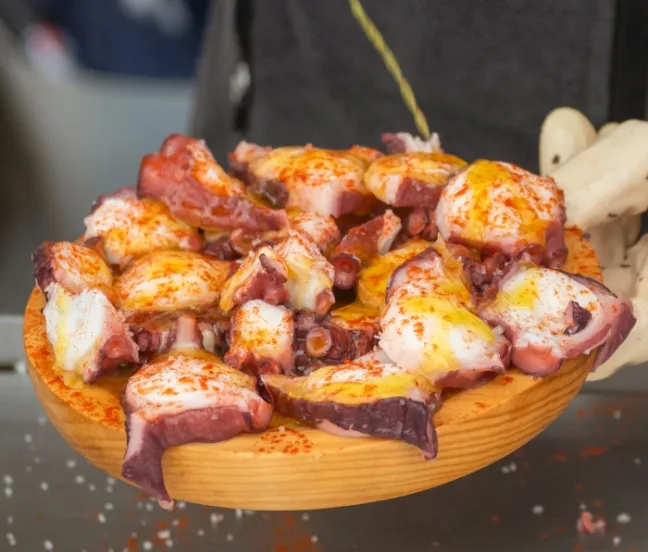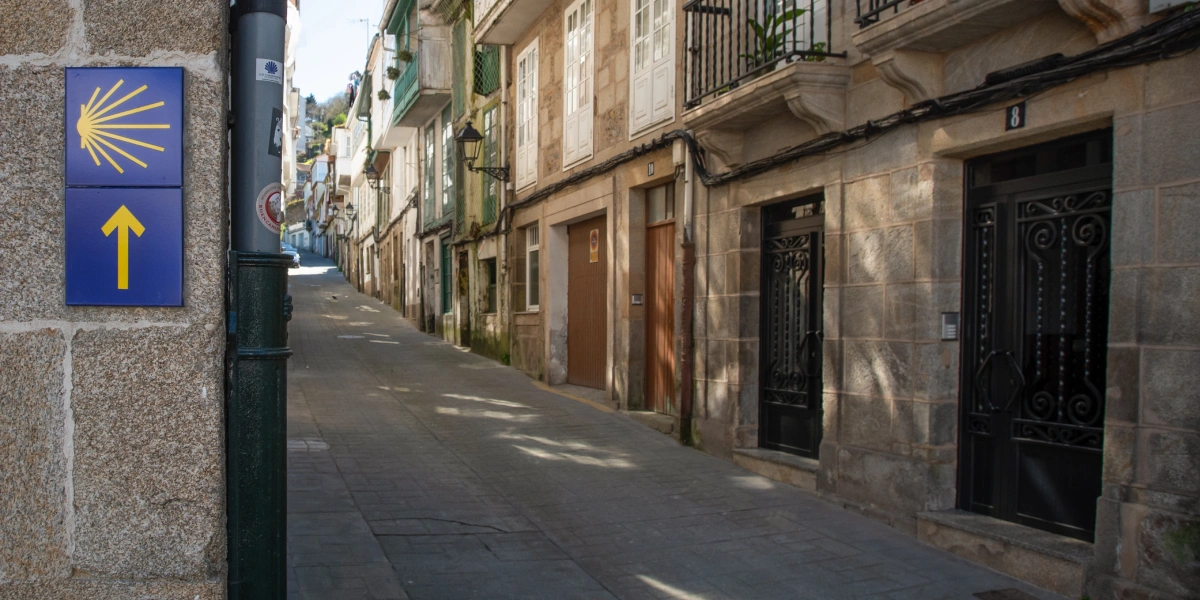A pilgrimage through history and nature
Enjoy the way and don't forget to return.
Walking the Camino Inglés (English Road) in the Eume region is more than a pilgrimage route, it is a trip through history, culture and nature. This former Jacobean path, used by pilgrims of northern Europe from the Middle Ages, crosses the municipalities of Pontedeume and Cabanas, leaving in its path a monumental and landscape legacy that invites you to discover it calmly.
In Pontedeume, the road follows the old royal road, crossing the historic center and the imposing parish Church of Santiago, chaired by the apostle statue of the fourteenth century. From here, the route amounts to Mount Breamo, an enclave with spectacular views. It is said that in the fourteenth century, the Andrade family helped consolidate Pontedeume as a key point for pilgrims.
In Cabanas, the road borders the estuary and offers a break between the greenery of the forests and the marine breeze. Here, pilgrims can enjoy the seafront promenade and La Magdalena Beach, an ideal environment to reconnect with nature before continuing the journey.
The Camino Inglés stages
The English road consists of six stages, which can be traveled in about five or six days, depending on the pilgrim's rhythm.

Stage 1: Ferrol – Pontedeume (30 km - 6h)
The route begins in Ferrol, following the coastline and then heading inland until reaching Pontedeume, a town with a rich medieval past. Pilgrims walk through its historic center, where landmarks such as the Church of Santiago, featuring a 14th-century statue of the Apostle, and the Andrade Tower, a key piece of local history, stand out. Its famous medieval bridge, though restored, remains a welcoming symbol for those traveling this path.
The Rajoy Warehouses, a former storage building converted into a pilgrims’ hostel, serve as a reminder of Pontedeume’s commercial and maritime heritage. Its historic structure and strategic location make it an ideal place to rest before continuing to the next stage. Here, walkers can share stories and experiences in a warm and friendly environment.

Stage 2: Pontedeume – Betanzos (22 km - 5h)
After crossing the bridge over the Eume river, the route passes through Cabanas, where the seaside promenade and Madalena Beach offer a perfect break with views of the estuary. This stretch combines the sea breeze with the green canopy of trees, creating a landscape that invites calm and reflection before continuing the journey.
Leaving the coast behind, the path climbs through trails surrounded by oaks and chestnut trees, passing through small Galician villages until reaching Betanzos, where we will spend the night. This part of the route is demanding, but the panoramic views reward the effort. With each step, the connection to nature and the pilgrim spirit grows stronger, reminding us that the Camino is as much a physical challenge as it is a spiritual experience.

Stage 3: Betanzos – Bruma (24 km - 5h)

Stage 4: Bruma – Sigüeiro (25 km - 6h)

Stage 5: Sigüeiro – Santiago de Compostela (15km - 5h)
A culinary and hospitable pause
The pilgrim is nourished not only by landscapes and history but also by local cuisine that comforts both body and soul. In Pontedeume, the costrada—a traditional savory pie—was once a typical meal for pilgrims to regain strength. In Cabanas, stopping at one of the local restaurants to try fresh seafood is almost a must.
The Eume region also offers a wide variety of accommodation options, from historic hostels to charming rural guesthouses—perfect for recharging and extending your stay.
The Camino Inglés, through the Eume Region, is an experience that changes with each season, each gaze, and each step. Like the waters of the Eume river, the journey is never the same, yet it always leaves a mark. Here, history isn’t told—it’s lived.
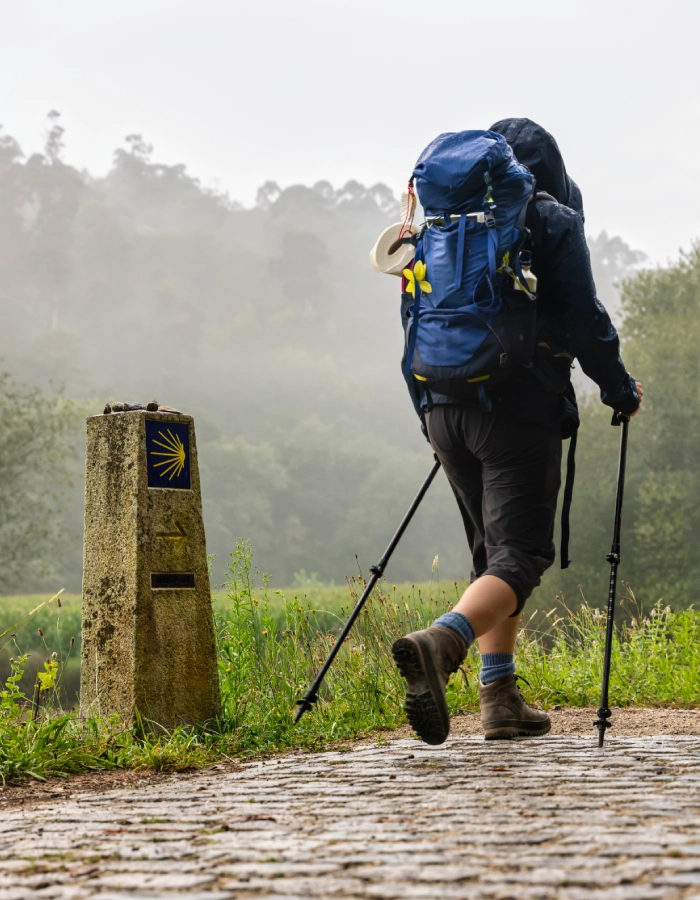
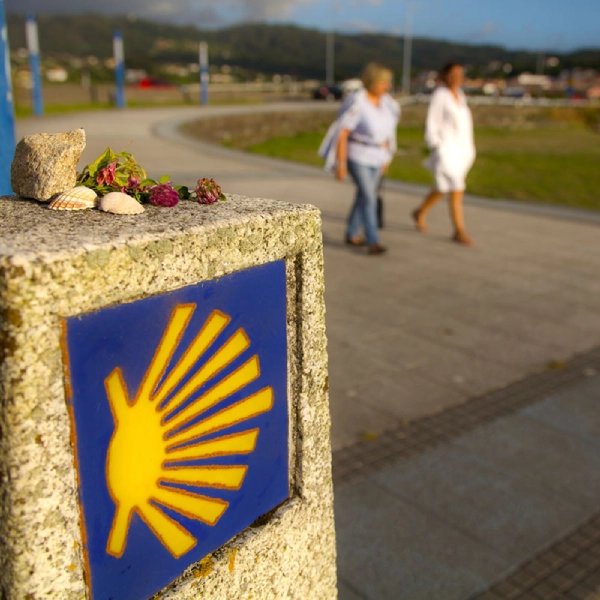
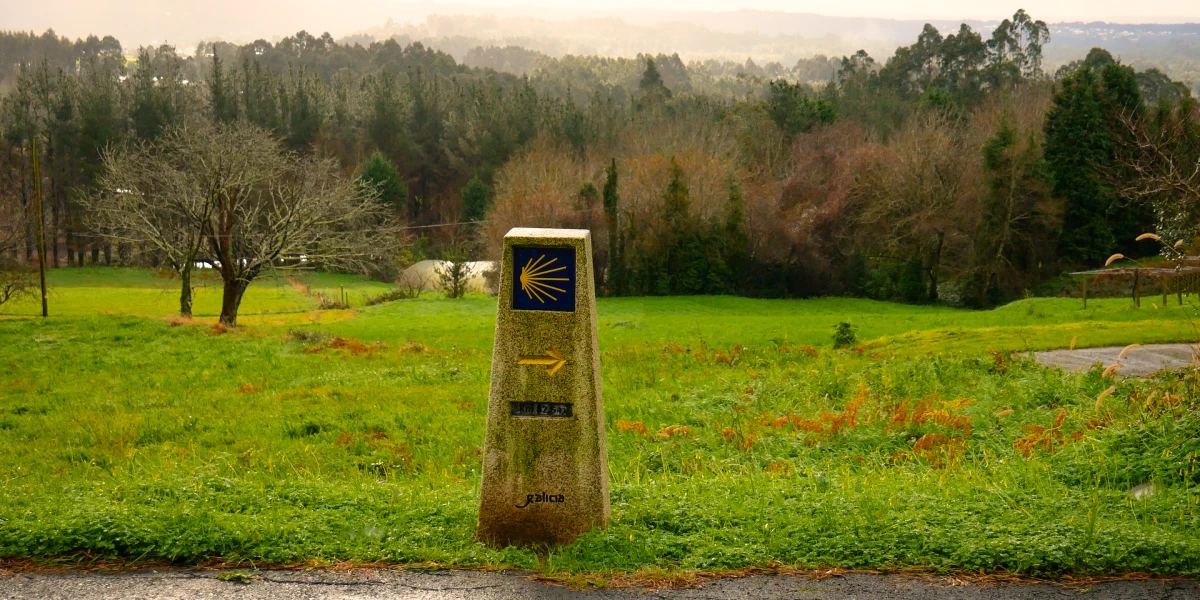
Related experiences
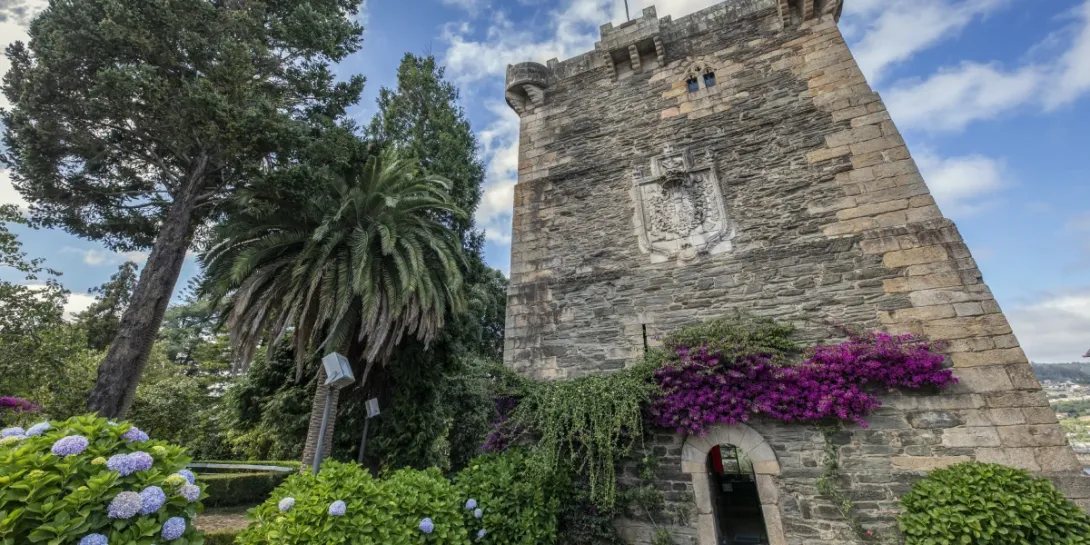
Torreón de los Andrade
Its imposing walls and panoramic views of the estuary will transport you to times of gentlemen and legends.
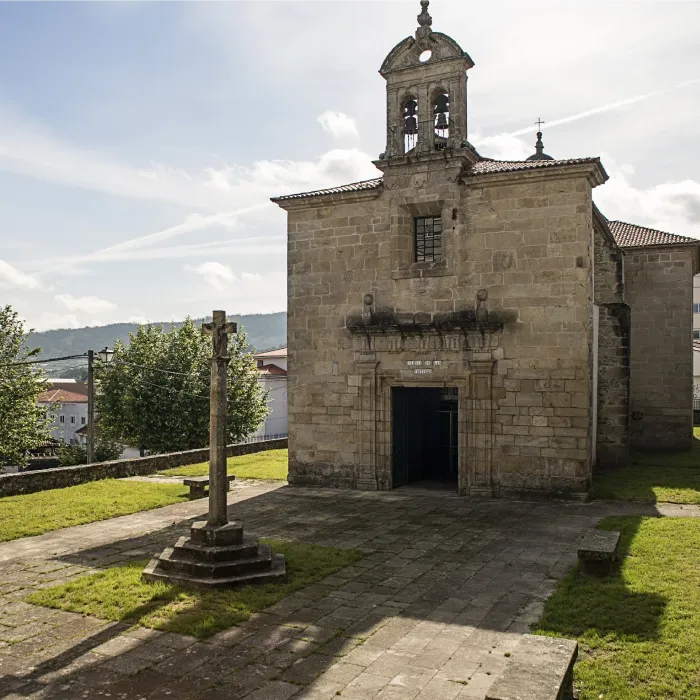
Chapel of Virtues
Admire the altarpiece and the imposing dome of this baroque treasure of the fourteenth century in an environment of spirituality.

Pontedeume Marítimo Paseo
Serene route next to the estuary and the port. Ideal for walking, riding by bike and bird observation.
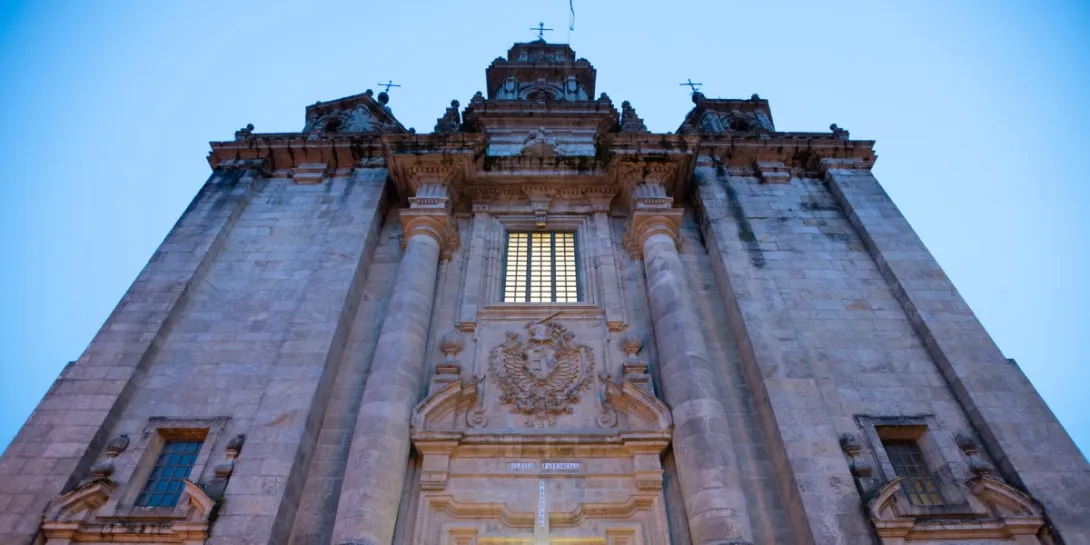
Santiago Church
Symbol of Eumés and Galician religious architecture, with baroque facade and Renaissance chapel.
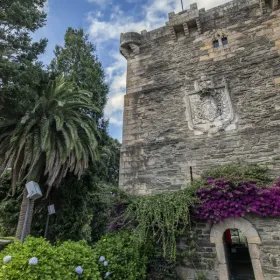
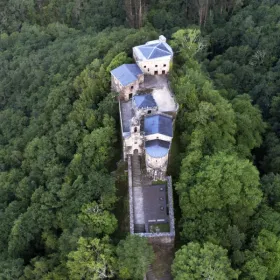

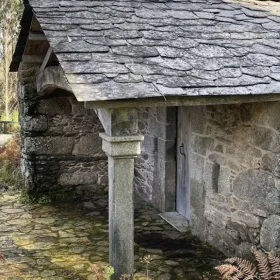
Discover more from the Eume Region
Be inspired by breathtaking landscapes, age-old traditions and magical moments.
